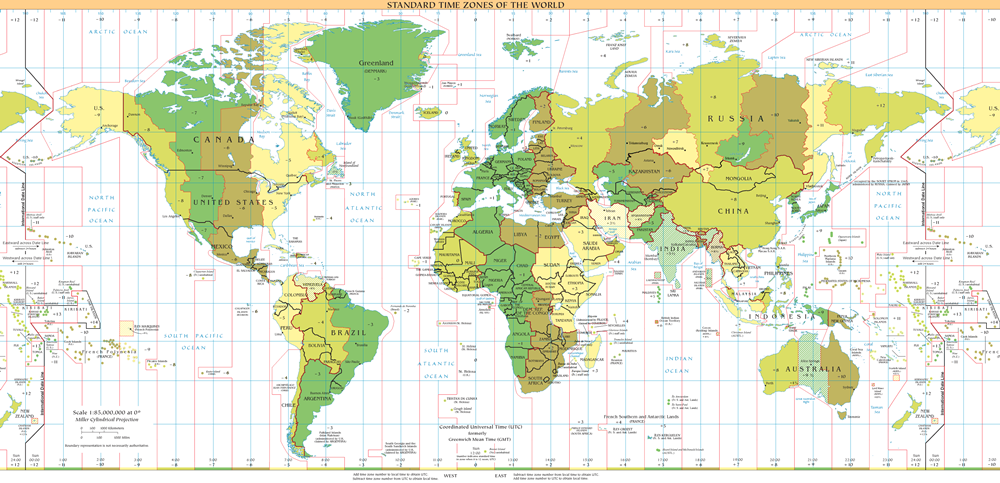Universal time is the measure of time based on the rotation of earth on its axis. Basically, it is measured from the time after midnight in the Greenwich Time zone in England. It is the time when the sun is at 180 degrees longitude.
The UT is the basis of the civil time used all over the world and determined by highly precise and accurate atomic clocks. Earth is conveniently divided into time zones which are expressed as plus and minus balance of the universal time.
In ancient times, the position of the sun was used to determine time. However, later astronomers found out that time can be more accurately measured by observing the stars as they cross the meridian. Universal time in relation to the atomic time is determined by observing quasars with an accuracy of microseconds.
The rotation of the Earth is irregular because of tidal acceleration causing differences in the length of time in a day. For this purpose, a leap second is introduced to keep pace with the atomic time.
The universal time and the Greenwich Mean Time is usually interchanged. Greenwich Mean Time was used as the standard during the 1800’s. GMT is still based on the time when the sun appears during noon on the zero meridian or the prime meridian at 0 longitude on Greenwich, London. With the development atomic clocks, UT has now become the basis for the civil time. In contrast to the GMT, the start of time is established when the sun passes the meridian at midnight.

